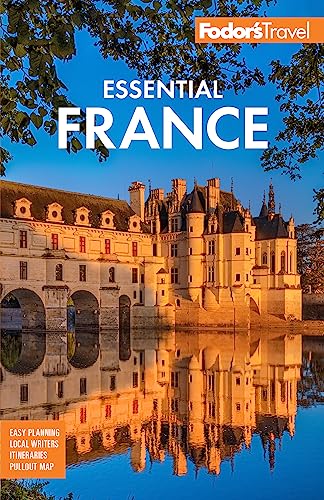Introduction to Burgundy Wine
From the steely brillance of Premier Cru Chablis in the north to the refined Pouilly-Fuissés in the south, Burgundy (Bourgogne to the French) is where you can sample deep-color reds and full-flavored whites as you amble from one fabled vineyard to another along the Route des Grands Crus. An oenophile's nirvana, Burgundy is accorded with almost religious reverence among wine-lovers, and with good reason: its famous Chardonnays and Pinot Noirs, and the "second-tier" Gamays and Aligotés, were perfected in the Middle Ages by the great monasteries of the region.
The specific character of a Burgundy wine is often dependent on the individual grower's style. There are hundreds of vintners and merchants in this region, many of them producing top wines from surprisingly small parcels of land. During your visit, get to know the appellation d'Origine Protégée, or AOP, wine-classification system. In Burgundy, it specifies vineyard, region, and quality. The most expensive, top-tier wines are called monopole and Grand Cru, followed by Premier Cru, Village, and the generic Bourgogne. Although there are 100 different AOP wines in the area, the thicket of labels and names is navigable once you learn how to read the road signs; and the payoff is tremendous, with palate-pleasing choices for every budget.
Wine Regions of Burgundy
Soil, weather conditions, grapes, and savoir-faire are the basic building blocks of all great wine, but this is particularly true in Burgundy, where grapes of the same variety, grown a few feet apart, might have different names and personalities, as well as tremendously varying prices.
The 30-mile long Côte d'Or contains two of the world's most gorgeous and distinguished wine regions: the Côte de Nuits and the Côte de Beaune. The northern area, the Côte de Nuits, is sometimes called the "Champs-Elysées of Burgundy" as it is the site of Burgundy's top-rated Grand Cru wines. The Côte de Beaune, just to the south, is known for making the world's best dry whites, made from Chardonnay. The vineyard parcels, or climats, of the Côte de Nuits and Côte de Beaune were awarded UNESCO World Heritage status in 2015.
Farther south is the Côte Chalonnaise, which, while not as famous, produces Chardonnays almost as rich as its northern neighbors. Next is the Côte Mâconnaise, the largest of the four Côtes, which brings its own quality dry whites to the market.
Wine Classes
If you're going to spend a fortune on a bottle of Romanée-Conti and want to know how to savor it, sign up for one of the wine classes offered by Beaune's Ecole des Vins de Bourgogne, sponsored by the Bureau Interprofessionel des Vins de Bourgogne. They offer several choices of classes, including a two-hour intro to vineyards and cellars in Mâcon and Chablis.




